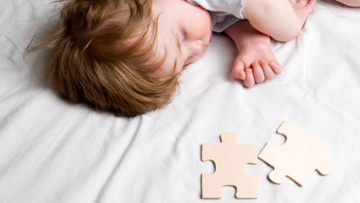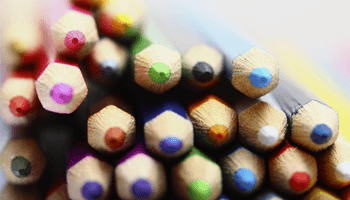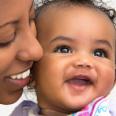Whether by in vitro fertilization, hormones, injections or sperm donation, assisted reproduction now accounts for 1% of births in the industrialized countries. Do these methods of conception have an impact on children’s psychosocial development? This topic studies the question.
Synthesis PDF Complete topic PDFSynthesis
How important is it?
Since the first In Vitro Fertilization (IVF) birth in 1978 (fertilization of an egg with sperm in the laboratory, with the resulting embryo transferred to the mother’s womb), more than 1 000,000 children have been born worldwide as a result of Assisted Reproductive Technology (ART). In first world nations, approximately 1% of births per year are from ART. These children (and their parents) represent a significant group and will become an important client group as adults.
Advances in reproductive technology have had an extreme effect on the way families are created. It is now possible for a child to have five parents: an egg donor, a sperm donor, a birth mother (pregnancy host) and the two parents the child calls Mum and Dad.
The literature examining the possible risks this mode of conception may have for a child’s psychosocial development – social, emotional, behavioural and psychological – is limited. Research tends to focus more on how ART affects physical development and the risk of birth defects.
What do we know?
In order to address the psychosocial development of children born in assisted reproduction families, research has mainly focused on parent-child relationships in IVF families, investigating maternal skills in comparison with naturally conceived children and examining relationships in unorthodox family groups (e.g. lesbian couples). The impact of these factors must be considered separately from impacts of the reproductive procedures per se.
- There is a higher incidence of multiple births, preterm births and low-birth-weight infants following IVF and intracytoplasmic sperm injection (ICSI), in which a single sperm is injected directly into the egg to create an embryo.
- Mothers of IVF children are generally older than mothers who have given birth naturally.
Existing research in this area has various methodological limitations, such as the use of cross-sectional research design, with a few longitudinal investigations coming up lately, the focus being mainly on mothers. More medically vulnerable children, including those born prematurely, tend to be excluded from sample studies. Research results show:
- no evidence of cognitive impairment in singleton IVF
- no differences between the two groups at age one for social development or test-taking behaviour
- IVF children having secure attachment relationships with their mothers (at 12 months)
- children from “gamete donation” (donor insemination and egg donation) to be above average in terms of psychomotor and intellectual development (two studies) and more advanced in psychomotor and language development (one study)
- no evidence of emotional or behavioural problems in early studies of the socio-emotional development of donor-insemination children, with egg-donation parents less likely than IVF parents to express concern about their children’s behaviour.
What can be done?
The existing research, while limited, is reassuring. Children conceived by IVF appear to develop psychosocially and emotionally in the same range as naturally conceived children. However, more research is needed to address the psychosocial sequelae of multiple births, longer-term follow-ups and studies on outcomes of cutting-edge IVF technologies.
- Service-providers need to promote a policy of single embryo replacement to reduce the rate of multiple births, which will in return reduce the workload for neonatal intensive care units and the secondary disability burden on families, the health-care system and our society/economy as a whole.
- These children should be monitored over the long term in order to anticipate future risks, such as genetic disorders, cancers and reduced fertility, as well as the impact on psychosocial well-being associated with multiple births, women conceiving at an advanced age and the availability of prenatal-genetic diagnosis resulting in so-called “designer babies.”
- While there are clear differences between embryo donors and birth parents (in the case of adoption), legislators and practitioners need to consider the adoption example with respect to the child’s right to know his or her genetic background, and examine donor- and recipient-related issues, including screening and psychological and legal status of both parties.
- Policy-makers and practitioners urgently need to address the issue of gamete donation and set reasonable boundaries as the imbalance between supply and demand makes anonymous and commercialized reproduction more readily available and frequent.
Discover more

Can assisted reproductive technologies affect a child’s psychological development?
As more children are born through assisted reproductive technologies, there’s some concern about their psychological health.
However, the research to date is reassuring. IVF children appear to develop psychologically, socially and emotionally at the same rate as naturally conceived children. They also don’t show any differences in the rate of cognitive, emotional or behavioural problems.
On the other hand, parents who conceive through IVF may be more anxious and overprotective in the early stages of parenthood. Nevertheless this doesn’t appear to affect the bond children form with their parents and may simply reflect the special path they’ve taken from infertility to parenthood.
Publications
Reproductive Technology and Its Impact on Child Psychosocial and Emotional Development
Reproductive Technology and Its Impact on Psychosocial Child Development
Commentary: Reproductive Technology and Its Impact on Child Psychosocial and Emotional Development



